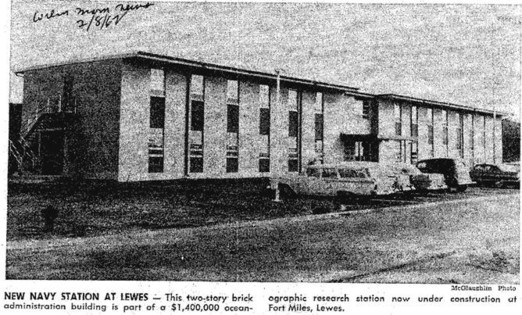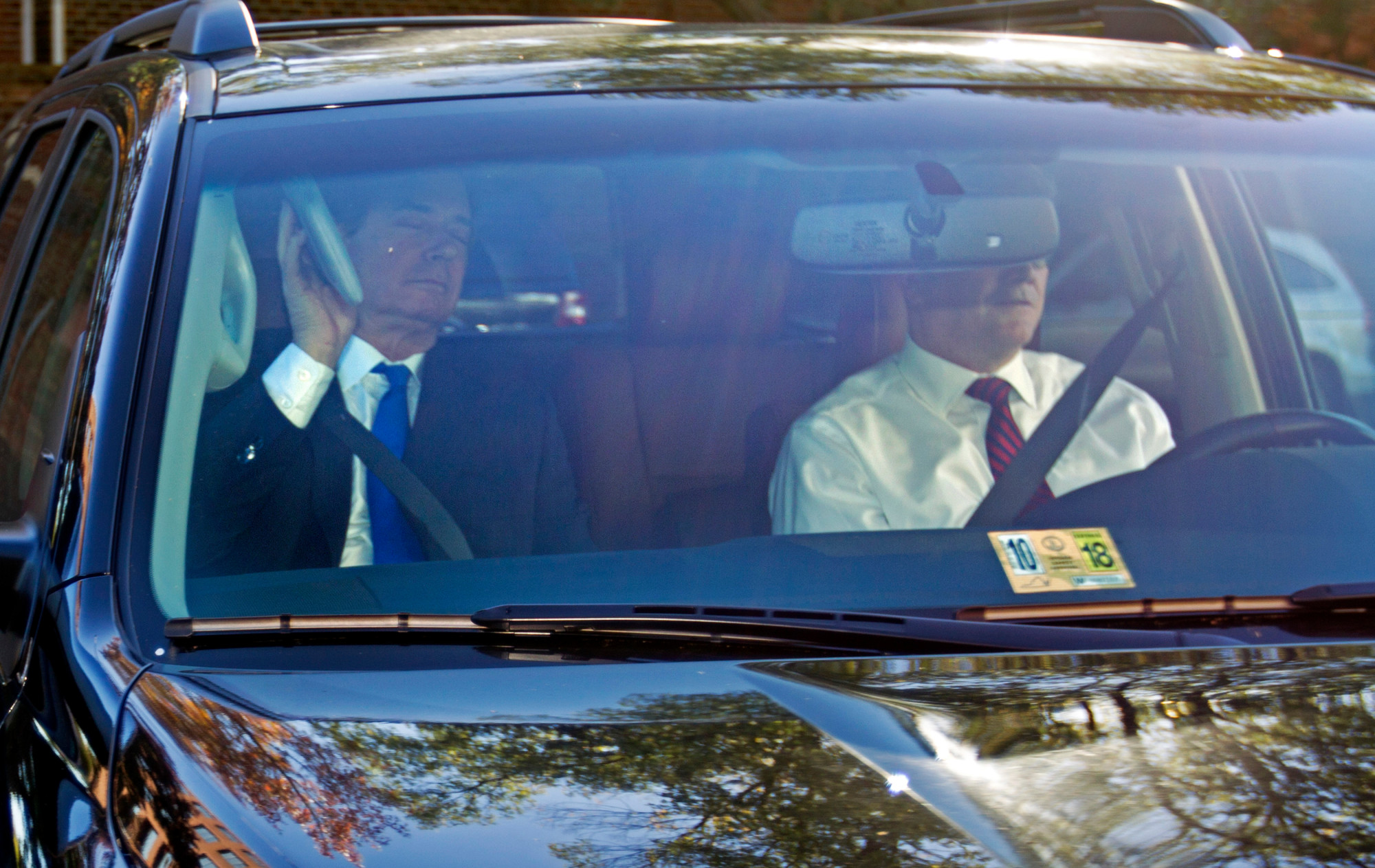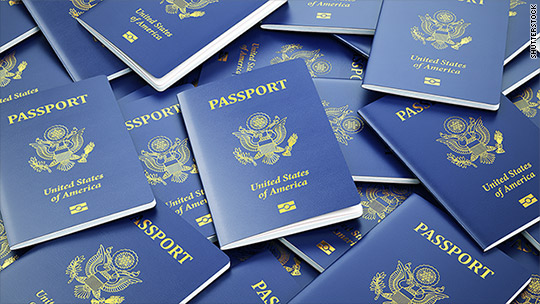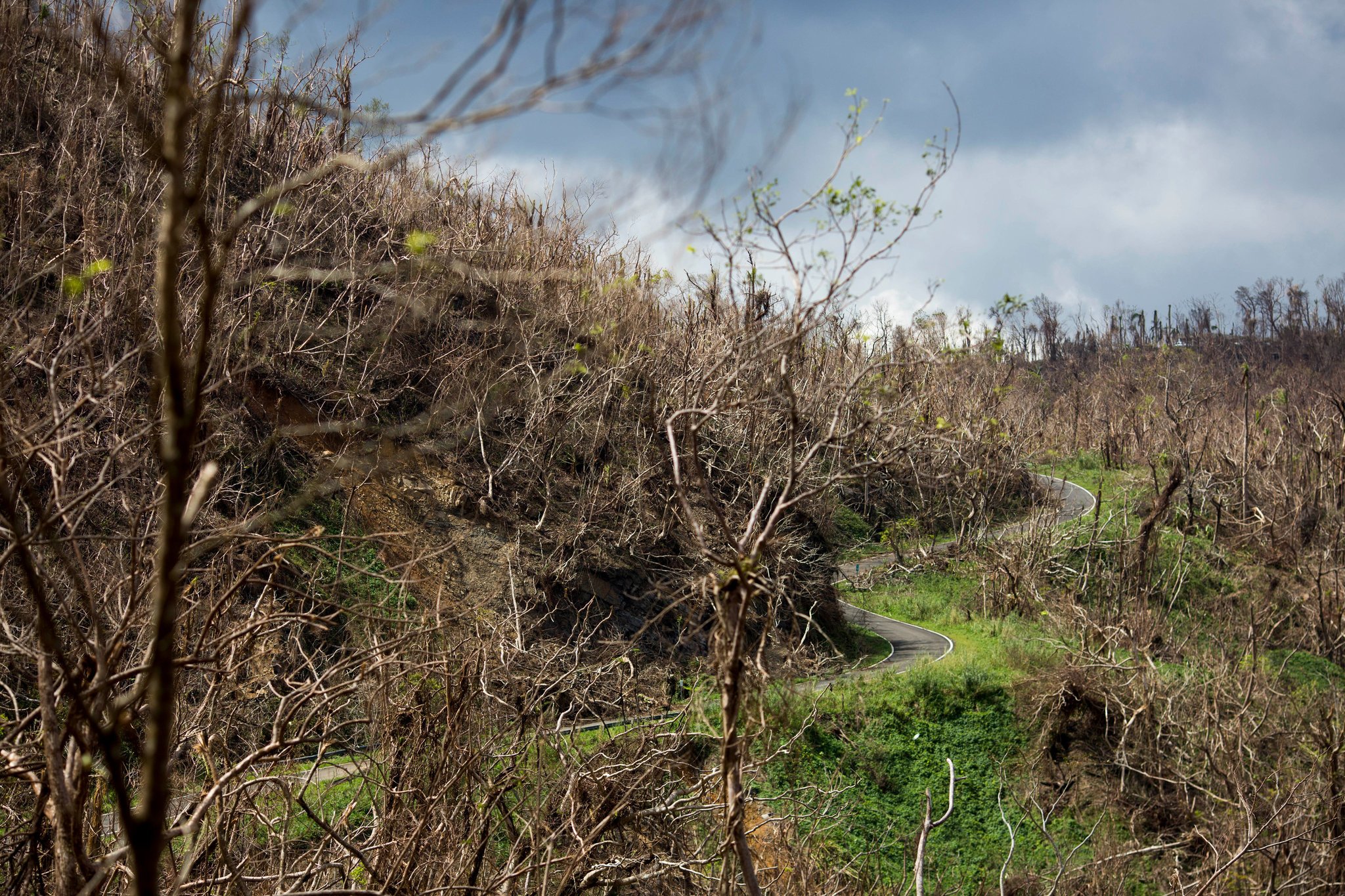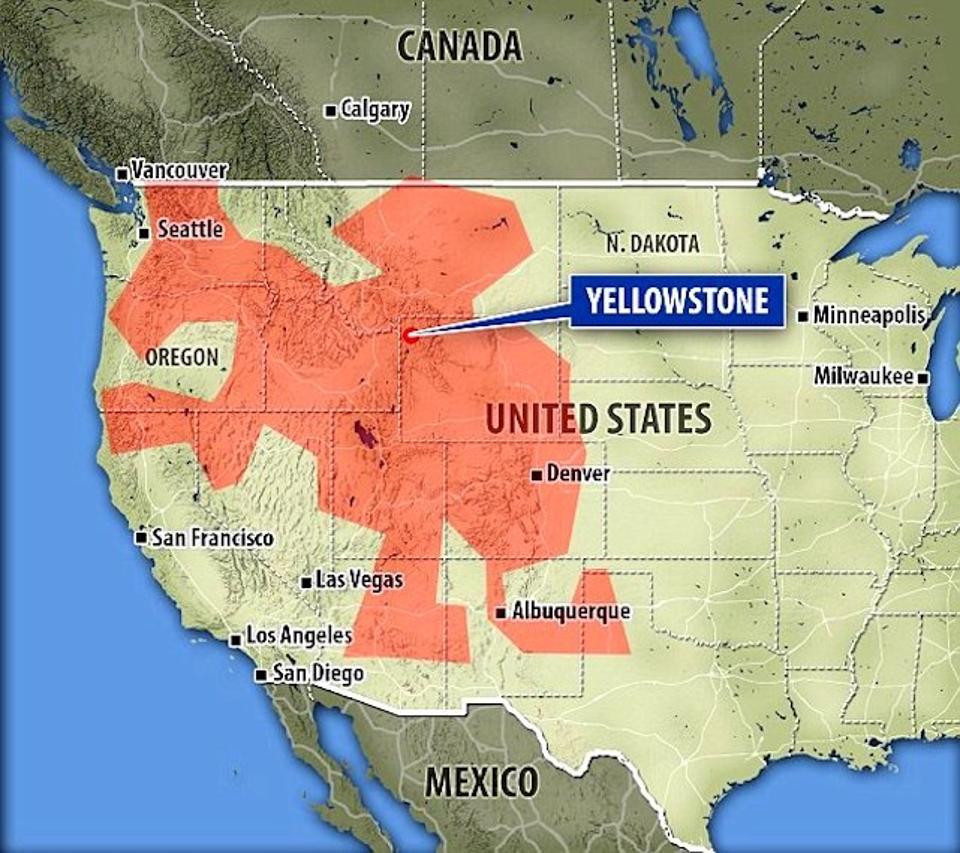I took the day off yesterday to travel to Boston University to participate in a Gulf War Illness research study. The study is looking to identify biomarkers that might indicate Gulf War Illness. It cost me a day off of work and paying for my travel expenses but I was able to add my information to the pool of data so that it might help other Gulf War veterans.
Part of yesterday’s tests included a structural MRI, after which I was sent home with a copy of my imaging data. Being a data nerd, this thrilled me and I couldn’t wait to check out what was on my CD. While the typical image tools available for Linux like GIMP were able to view the images, it wasn’t until I installed the MRIcron application that I was able to view my imagery in three dimensions. MRIcon converts the DICOM files that the MRI generated into an open format that can then be manipulated by MRIcron.
Pretty cool, although a bit disconcerting to realize I’m looking at tiny slices of my own head. There’s a strong part of me that keeps thinking “man, you’re not dead yet! You should not be seeing your brain!” Coupled with my image data, MRIcon is a really captivating tool for exploring the structure my brain (and my head as well).
Looking closely at the third image you can clearly see that my eyeballs are shaped completely differently. This probably accounts for my unusual combination of nearsightedness and farsightedness. Good times.

